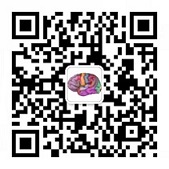Cannabidiol (CBD)
1) The main possible mechanism: Cannabidiol reduces neuronal hyper-excitability through modulation of intracellular calcium via G protein-coupled receptor 55 (GPR55) and transient receptor potential vanilloid 1 (TRPV-1) channels, as well as modulation of adenosine-mediated signalling through inhibition of adenosine cellular uptake via the equilibrative nucleoside transporter 1 (ENT-1).
2) Therapeutic indications: Mainly indicated for the treatment of seizures associated with Lennox-Gastaut Syndrome, Dravet Syndrome, or tuberous sclerosis complex in patients 1 year of age and older.
3) Warning: The therapeutic effect of other types of epilepsy is not yet clear.
4) Dosage for children: Click to view the dosage for children of different ages and weights.
5) Major adverse reactions in children: somnolence, decreased appetite, diarrhea, transaminase elevations, fatigue, sleep disorder, and rashes, infections, etc.
6) Interaction with other anti-epileptic drugs: can produce a 3-fold increase in plasma concentrations of N-desmethylclobazam (the active metabolite of clobazam).
7) Interaction with non-anti-epileptic drugs: may cause increased plasma concentrations of omeprazole.

 English
English  简体中文
简体中文 